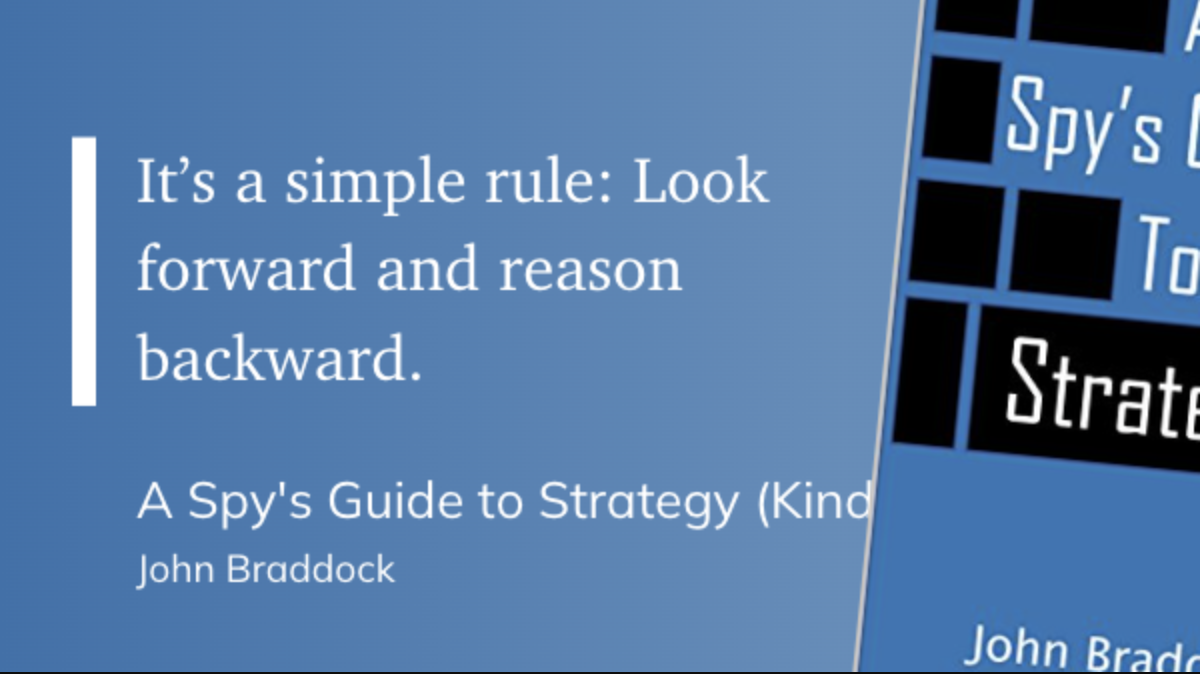Why Your Strategic Planning Fails (And How to Fix It)
I’ve seen more agile planning sessions derailed by politics than by any technical challenge. It always starts the same way. You get the right people in a room—Product, Engineering, Sales, Finance—and for a moment, it feels like a powerful alliance focused on building the future.
A spy’s guide to strategy helped me realize these sessions unfold in three acts: Alliance, Competition, and Endgame.
- The Alliance: Everyone comes together to figure out what’s best for the business. It’s collaborative and feels like a positive-sum game where everyone can win.
- The Competition: This is the prioritization discussion. Ideally, it’s a healthy zero-sum game where we debate finite resources to find the best answer for the company.
- The Endgame: We form a roadmap from the winning priorities, creating a plan where the whole is greater than the sum of its parts.
But that’s the ideal. When personal politics creep in, the “Competition” turns toxic. It stops being about the company’s best outcome and becomes a zero-sum game of personal agendas. People push for their work, not because it’s the most valuable, but because it benefits their team or career. The result is a roadmap built on compromise, not clear-eyed strategy.`
So how do you break this cycle?
The answer may come from game theory: “look forward and reason backward.”
This powerful mindset, also known as backward induction, forces everyone to start with the same destination: a clear, compelling, and customer-obsessed end state. By defining the finish line first, you neutralize personal agendas and align the entire team around a common purpose. It’s the secret to how the world’s most innovative companies turn vision into reality.
